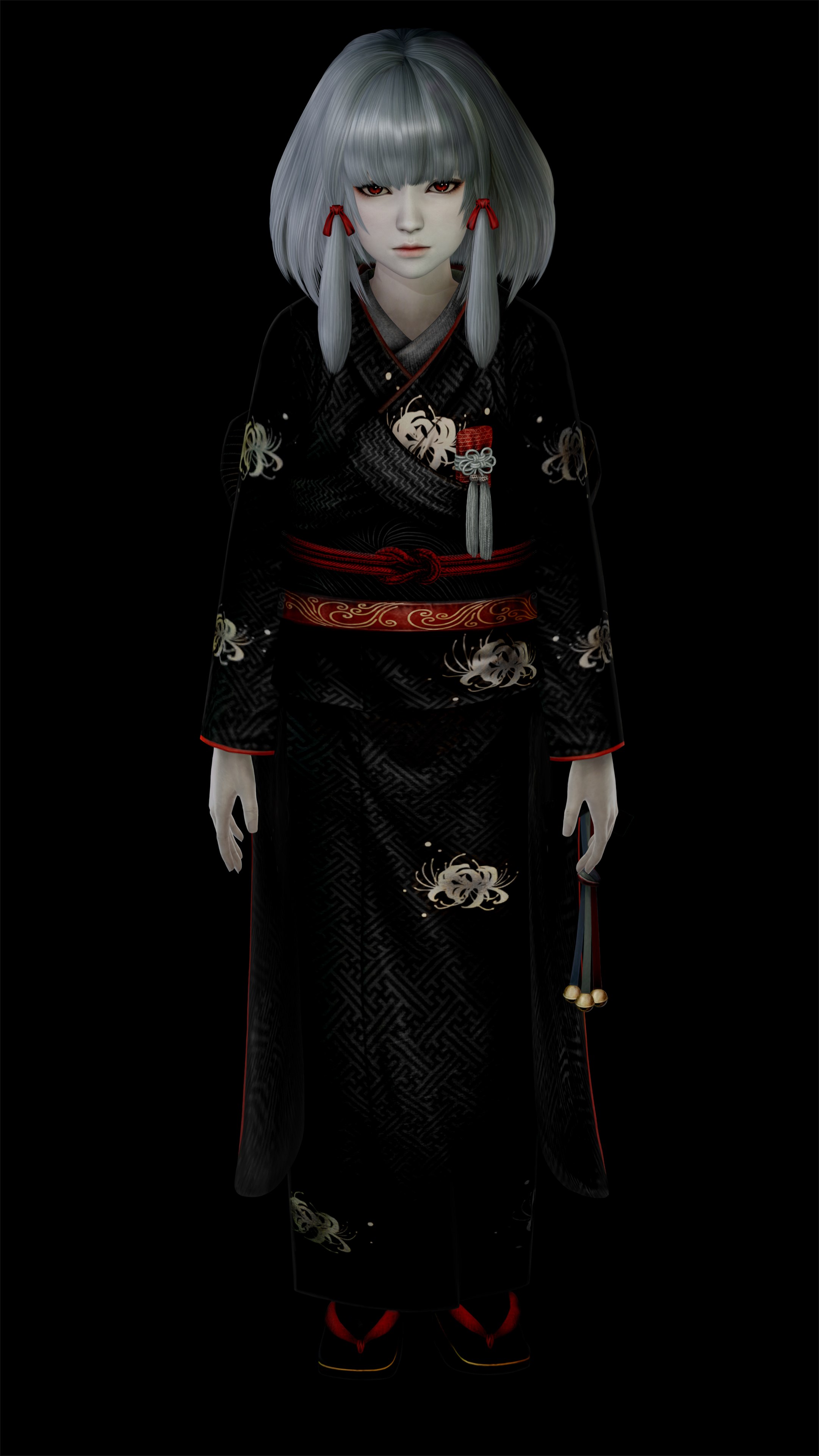
What’s really remarkable is how Maiden of Black Water’s mise-en-scène keeps the uplift of a successful fight from impinging on the sense of terror. Confining the camera’s interface to the GamePad makes combat even more exciting for any spectators, since they aren’t distracted by crosshairs and only see the ghosts getting terrifyingly close as you wait for the perfect shot. You can either keep your distance while picking away at the ghost’s health, or wait for the spirits to get close so can make a high-damage attack-a nicely unobtrusive way to let the player choose whether they want to play it like a shooter or embrace the scares.

It’s a nice way to combine the immersion of motion control with the efficiency of a traditional stick, and like the similar controls of the very different Splatoon, it feels surprisingly natural. Whenever a hostile spirit appears, the player lifts the Wii U GamePad like a camera, and tries to get the elusive ghosts in their sights, using the thumbstick for big turns and the gyroscope for small adjustments.

It’s a clever way to use genre conventions as thematic elements, and by emphasizing delay and obstruction, the game creates a pervasive sense of oppression and containment, a powerful correlative for the claustrophobic deaths at the story’s center.īut unlike the hapless avatars of many recent horror games, your heroes can fight back with the series-defining weapon: the Camera Obscura. Those animations are a relic of the days when limited RAM demanded interstitials for loading, and the game has added a new bit of gratuitous slowdown: Any time you pick up an object, you’re treated to a verrrrry slooooow animation of your character reaching out, which is sometimes interrupted by an abrupt ghostly attack. Like fairy-tale heroes, they cross thresholds in defiance of every warning, and the genre’s vestigial door-opening and passage-crawling animations here become a powerful symbol of boundaries transgressed. In the best ghost-story tradition, the narrative moves backward and forward at once, as the protagonists advance up the mountain by uncovering the dark secrets of the past. In a Japan (and an America) where nationalists demand that no one ever apologize for their country’s past, there’s a powerful resonance to a story of a community doomed by its unacknowledged slaughter, where even the victims are so invested in the ideology of cruelty that they continue it long after death. Like previous titles in the series, the game rejects the conservative horror narrative of a peaceful community corrupted by a malign outsider, portraying tradition and stability as the efflorescence of socially approved murder. But investigators soon discover that these suicides are being caused by the unquiet spirits of girls who were sacrificed by the local priests, buried alive in underwater coffins as offerings to the gods. The game begins when a girl disappears on a mountain infamous for teen suicides. Maiden of Black Water isn’t perfect, but it’s a compelling experience, made all the more precious now that there’s so little like it. But Fatal Frame continues to treat the split between shooting and running as a productive tension, with results that are equally exciting and scary. These days, the gurus of ludonarrative consonance insist that the empowerment of video games is incompatible with the helplessness of horror, so survival-horror titles must choose between being action games with Halloween decorations or interactive stories that eschew vulgarities like combat and fun.
#Fatal frame 6 review series
Now in its 14th year, the Fatal Frame series has the honor of being an anachronism.


 0 kommentar(er)
0 kommentar(er)
